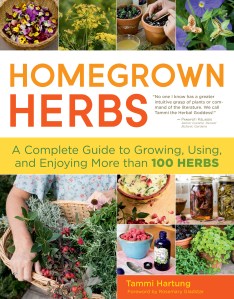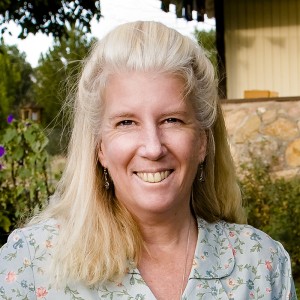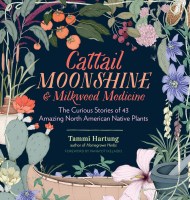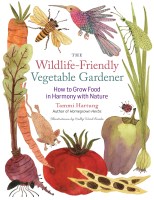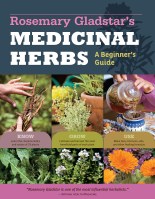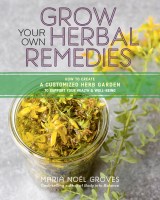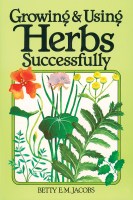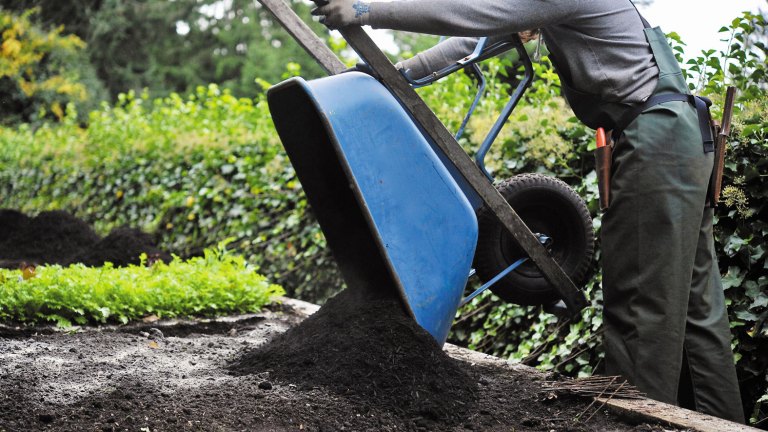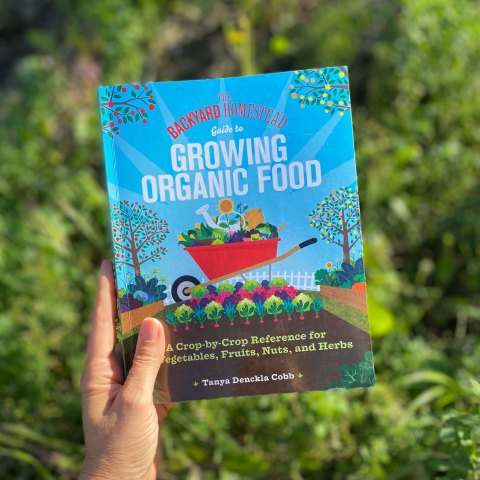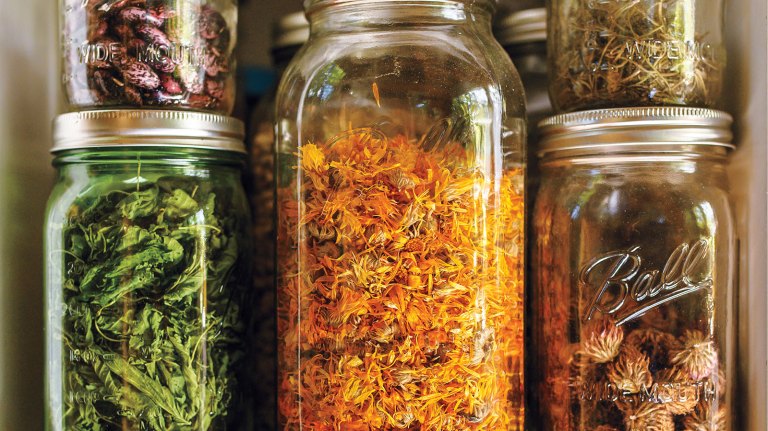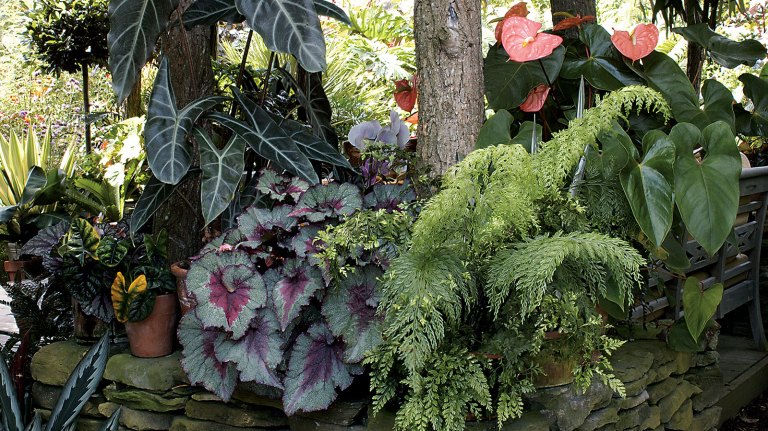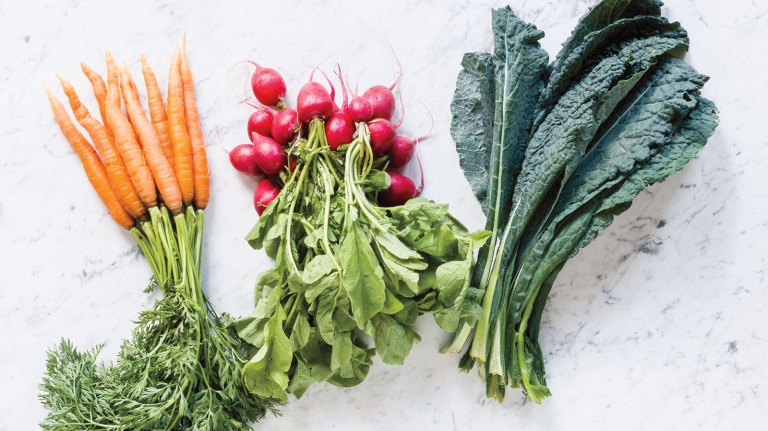Gardening for Kids: Grow an Herb Garden
Planting an herb garden allows little ones to flex their independence and imagination while deepening their connection to food, self-care, and even favorite stories. Learn more in this excerpt from Homegrown Herbs.
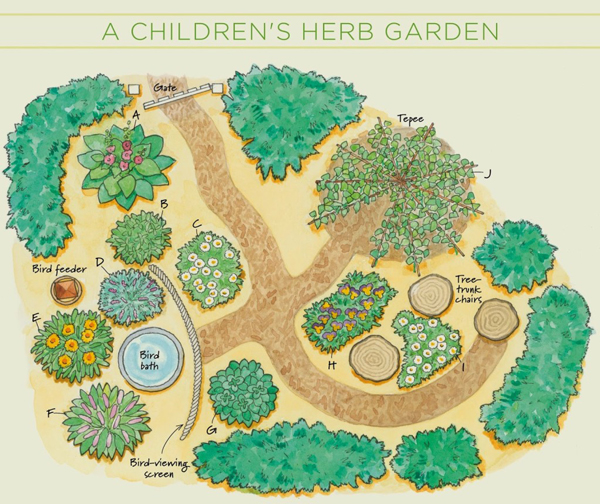
Herb Gardens Are for Kids, Too
One of the most magical herb gardens I ever created was for my daughter when she was little. I wanted her to have a gardening space that was her domain, where she could go to play, rest, plant and take care of the herbs in that space, and pick and make things from those same herbs. In general, I wanted her to have a sense of ownership for that area in our yard. It was to be a place for her to “create” and explore nature. The broader picture was for her to have a better understanding of gardening and an appreciation for the gifts that herbs offer, whether in cooking, smelling, or simply stimulating her imagination.
A Space of Their Own
A children’s herb garden should be a small bit of the yard or just a few containers. A space that is too big can become overwhelming and will seem more like work than fun. A child’s herb garden fits nicely as a contiguous area around a playhouse or clubhouse, or near slides and swings.
Make the framework fun! Perhaps the garden could include areas to do other activities — try adding a child-sized drawing-and-painting table, a reading bench, a crazy tree-trunk chair. Maybe set aside an area to use for drama, dress-up, or playing make-believe. Make sure any furniture and structures are child-sized and cheerful. Include special rocks or colored sands for added visual interest. Children’s herb gardens are wonderful places to learn about and explore the natural world. Put in a bamboo screen with peepholes, and a child can sit quietly and watch a bird feeder or birdbath on the other side.
Herbs for this garden should include lots of shapes and colors, with wonderful smells and curious, delicious tastes. There are a number of herbs particularly attractive to children, because of their great tastes and smells and because they’re wonderful teachers of how to lead a healthy lifestyle. Lemon balm tastes fantastic, and kids will learn that lemon balm is something you pick to add to fruit salad. Chamomile flowers will be familiar to many children from the story of Peter Rabbit, and they will soon know that a tea made from the chamomile flowers picked in their garden helps them to sleep better at night. Woolly lamb’s ears are the perfect choice to hold on a skinned knee or elbow to make it “feel better.”
Mix things up with fun vegetables and fruits like cherry tomatoes, baby carrots, and strawberries. Edible flowers such as pansies and dianthus add color, and can be freely nibbled on or made into fairy necklaces for playing make-believe. Plant giant sunflowers for a tepee to provide a secret hiding place.
The most important aspect of this herb garden is that there be total acceptance and flexibility for the children to choose how they want to plant the garden or how they want to arrange the area. As long as nothing is dangerous and no toxic plants are allowed in the garden, adults should serve as assistants, not directors.
EXCERPTED FROM HOMEGROWN HERBS © TAMMI HARTUNG. ILLUSTRATIONS BY ALISON KOLESAR. HEADER PHOTO © SAXON HOLT
Enjoy a thriving, fragrant herb garden and use your harvest to bring beauty, flavor, and health to your everyday life. Tammi Hartung provides in-depth profiles of 101 popular herbs, including information on seed selection, planting, maintenance, harvesting, and drying. Hartung also shows you how to use your herbs in a variety of foods, home remedies, body care products, and crafts. Whether you’re a seasoned herbalist or planting your first garden, Homegrown Herbs will inspire you to get the most out of your herbs.
